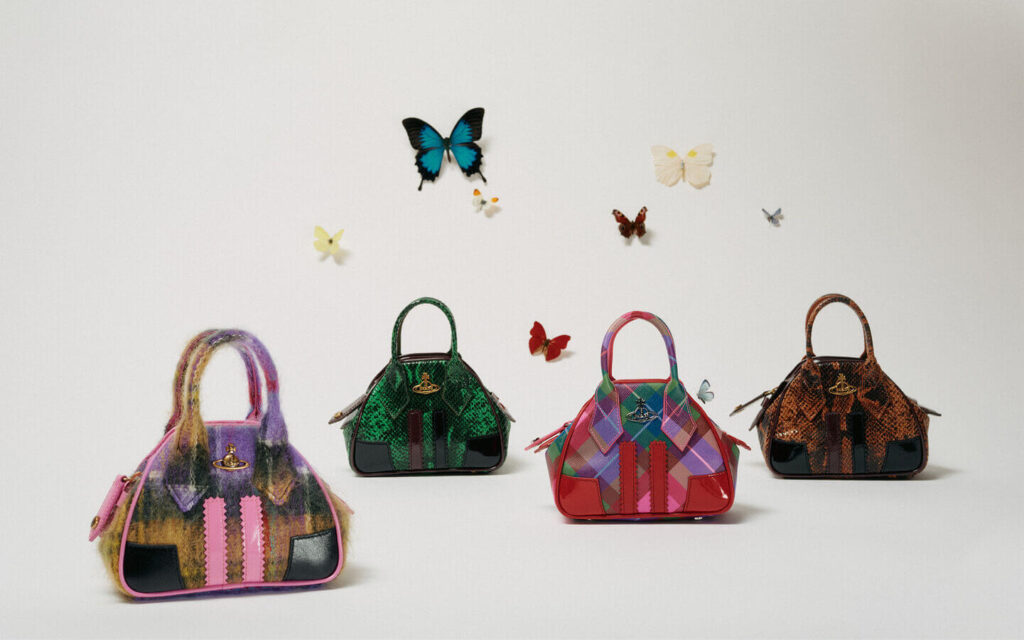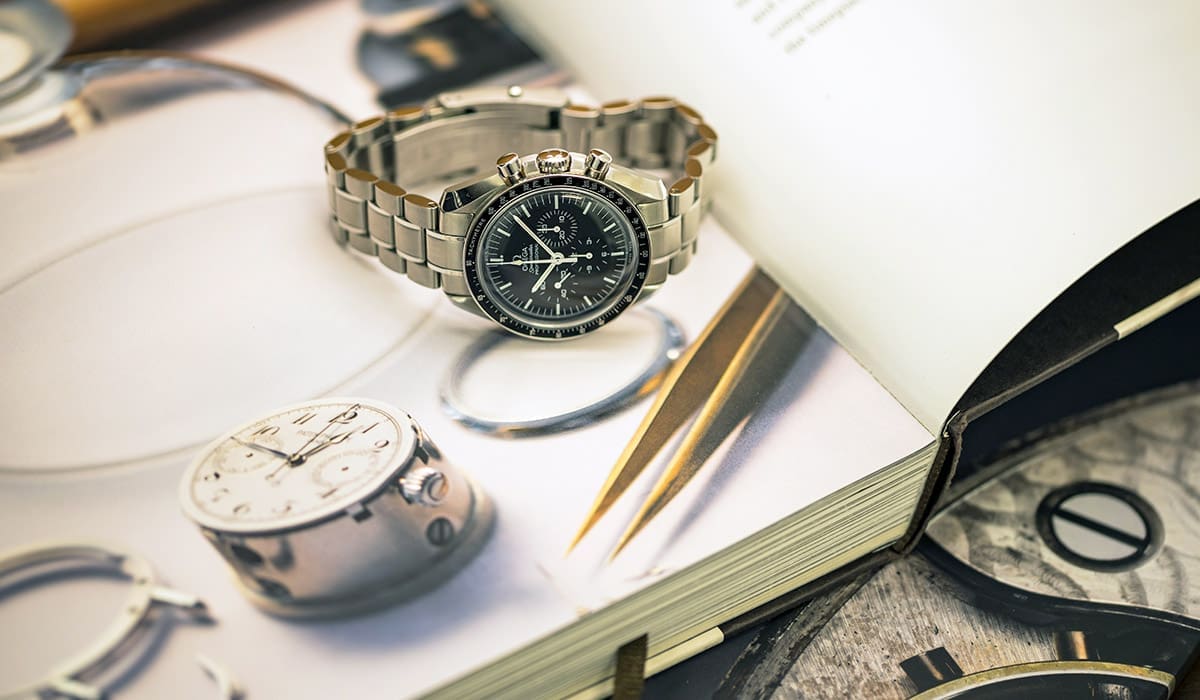So why has a woman with 28 million followers on Instagram and a fashion collection that has been admired by Anna Wintour and worn by celebrities like Gwyneth Paltrow and Sienna Miller failed to break even?
The pandemic was always going to be particularly brutal for a label we associate with sharp tailoring, tight dresses and high-end work-wear – and Victoria Beckham Beauty, which was launched in autumn 2019, was unfortunately timed. Focusing on make-up rather than skincare at a time when women have turned to expensive face creams and serum instead of lipsticks and foundations, it has ended up costing the brand more than it has made.
But even before the coronavirus raised its head, brand VB was floundering: by the end of 2018, operating losses sat at £11.7 million, while sales fell 16 percent year on year to £35.1 million. Yes, 2019 was slightly kinder to Victoria Beckham – helped in particular by a new sunglasses range – and sales increased to £38.3 million, but there were still hefty operating losses.
Some of this struggle comes down to the simple fact that it is difficult for brands with big-city rents and expensive fashion week collections to break even, particularly if you’re not making most of your profits from perfume and handbags. Equally, the aesthetic Beckham launched under – all tailored skirts, razor-sharp heels and tight dresses – was popular at the time, but fashion has moved on and even though her designs have evolved, the public perception of her brand has not.





More Stories
Celebrity Fashion Trends That Ruled 2025
Best Dressed at the Oscars 2025
Top Streetwear Fashion Trends Dominating 2025